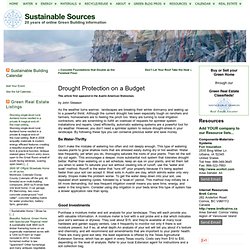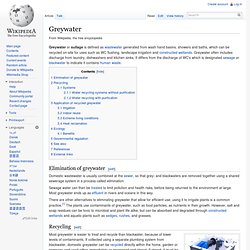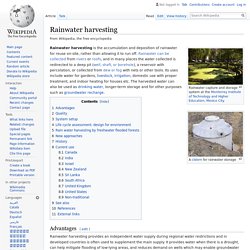

Drought Protection on a Budget « Sustainable Sources. This article first appeared in the Austin American Statesman. by John Gleason As the weather turns warmer, landscapes are breaking their winter dormancy and waking up to a powerful thirst.

Although the current drought has been especially tough on ranchers and farmers, homeowners are to feeling the pinch too. Mr. Smarty Plants - List of native perennial Texas flowers. 5 Best Flowering Perennials for Austin — J Peterson Garden Design. We all know that fall is the best time to plant perennials, right?

So if you’re an Austin gardener and you’ve suffered through the Summer of Hell ’11 (we should have T-shirts made), you might be reconsidering what plants to put in the ground now. They’ve gotta be tough, drought tolerant, relatively pest-and-disease free, and oh yeah—really, really pretty! Outstanding Perennials for Texas. For a sustainable water culture. Www.austinchronicle.com/issues/spec/greenbuild/greywater.html. Greywater by Suzy Banks Thousands of otherwise law-abiding citizens are greywater hoodlums.

Greywater. Elimination of greywater[edit] Domestic wastewater is usually combined at the sewer, so that grey- and blackwaters are removed together using a shared sewerage system in a process called elimination.

Sewage water can then be treated to limit pollution and health risks, before being returned to the environment at large. Rainwater harvesting. Rainwater harvesting is the accumulation and deposition of rainwater for reuse on-site, rather than allowing it to run off.

Rainwater can be collected from rivers or roofs, and in many places the water collected is redirected to a deep pit (well, shaft, or borehole), a reservoir with percolation, or collected from dew or fog with nets or other tools. Its uses include water for gardens, livestock, irrigation, domestic use with proper treatment, and indoor heating for houses etc. How to Build a Rainwater Collection System: 9 steps. Steps Method 1 of 4: Getting Rain Barrel Supplies 1Obtain one or more water storage barrels.

You can buy a water storage barrel online, but it's cheaper to get a used one from a company that uses large barrels to store food and other merchandise (just be sure to clean it thoroughly with soapy water). A rain barrel can also be made from a large plastic trash can. Get a barrel that will hold 30 to 55 gallons of water. 2Get additional supplies to turn the barrels into a water collection system. Method 2 of 4: Building a Rain Barrel Platform 1Level an area right next to your downspout. 3Stack concrete blocks on top of the pea gravel. Collecting rainwater now illegal in many states as Big Government claims ownership over our water. (NaturalNews) Many of the freedoms we enjoy here in the U.S. are quickly eroding as the nation transforms from the land of the free into the land of the enslaved, but what I'm about to share with you takes the assault on our freedoms to a whole new level.

You may not be aware of this, but many Western states, including Utah, Washington and Colorado, have long outlawed individuals from collecting rainwater on their own properties because, according to officials, that rain belongs to someone else. As bizarre as it sounds, laws restricting property owners from "diverting" water that falls on their own homes and land have been on the books for quite some time in many Western states. Only recently, as droughts and renewed interest in water conservation methods have become more common, have individuals and business owners started butting heads with law enforcement over the practice of collecting rainwater for personal use. "Utah's the second driest state in the nation. Reprinting this article: Anupam Mishra: The ancient ingenuity of water harvesting. Tips for a Successful Drought-Tolerant Garden. Tips for a Drought Friendly Vegetable Garden. As a native Californian, you get used to the word ‘drought’.

It comes up every once in a while so you do what you can to cut back on your water usage. Sometimes it gets so bad that you expect that everyone has to let their lawn die that summer, you adopt the rule, “if it’s yellow, it’s mellow, if it’s brown, flush it down.” You put buckets under the bathtub faucet to catch all the cold water before it turns hot. You do what you can. But this year is different. So what do you do in this situation?
Grow Your Crops Before the Summer Heat Starts – Instead of doing a heavy summer planting, do the majority of your planting in spring with short season vegetables. Gardening in a drought. Guest post by Mark M.

NOTE: This may be something to print out and store in your SurvivalMom Binder for future reference. image by International Center for Tropical Agriculture I have lived in many countries over the years, and have always had a vegetable garden. Not just for cost, as many of the countries I have lived in have had what we considered dirt cheap food, but for the quality.
Nothing compares to the taste of veggies fresh from the garden. Recently, some friends told me about the bad drought in Texas. Kenya and Botswana. Want drought-hardy plants? It's time to think agave. By Diana C.

The Natural Gardener - 404.